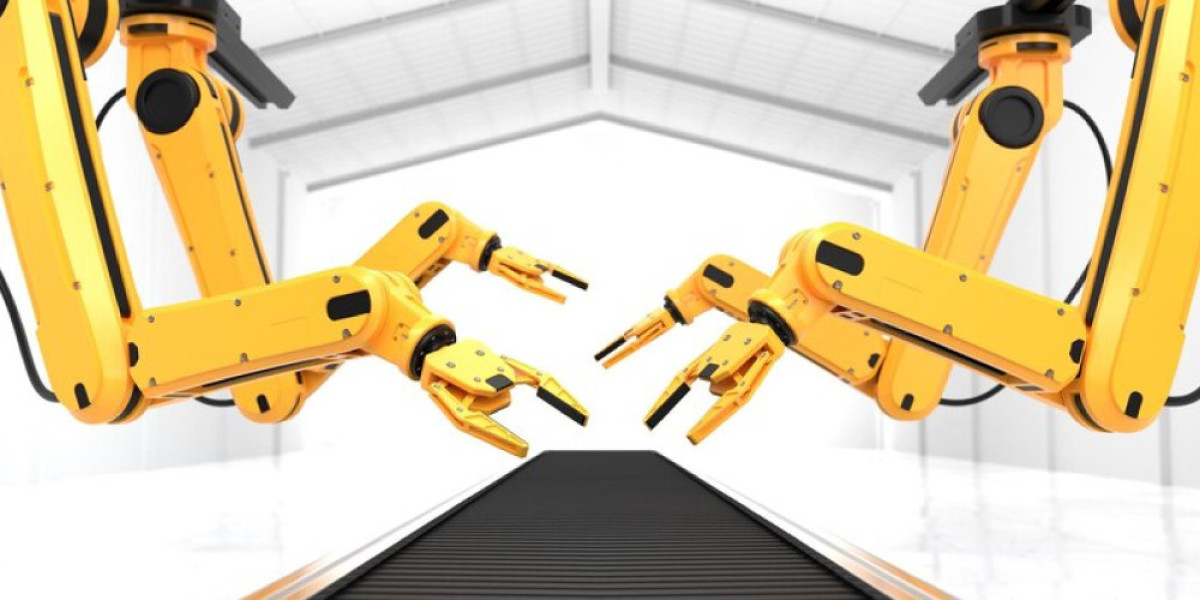Computer-controlled polishing systems are revolutionizing the surface finishing process by providing consistent and precise results. These systems utilize advanced software and CNC technology to automate polishing tasks, reducing human error and increasing efficiency. As industries demand higher quality and faster production times, the adoption of computer-controlled polishing systems is on the rise. This technology is particularly beneficial in sectors such as automotive and aerospace, where surface quality is critical to performance and aesthetics.
The CNC polishing machines market has emerged as a vital segment of the industrial automation and metal finishing industry. CNC, or Computer Numerical Control, polishing machines are designed to deliver precision surface finishing for metal, glass, and composite components. These machines play an essential role in improving product aesthetics, surface smoothness, and dimensional accuracy across automotive, aerospace, electronics, and medical device industries. With increasing demand for high-quality finished products, manufacturers are shifting toward automated polishing solutions that ensure consistency and reduce manual labor. This technological shift continues to shape the growth of the global CNC polishing machines market.
Market Overview
CNC polishing machines are increasingly replacing traditional manual polishing processes due to their superior efficiency and precision. These machines operate with programmed parameters that control speed, pressure, and movement to achieve uniform finishes. Industries such as automotive and electronics rely heavily on CNC polishing to manufacture parts with tight tolerances and mirror-like surfaces. The global market is expanding as manufacturers invest in automation to improve productivity and maintain quality standards. Moreover, the rise of Industry 4.0 technologies has encouraged the integration of IoT and robotics into polishing systems, enhancing real-time control and data-driven optimization.
Market Drivers and Growth Factors
Key growth drivers for the CNC polishing machines market include rising industrial automation, increasing demand for high-precision components, and the need for efficient finishing in mass production. As manufacturing processes become more advanced, surface finishing quality has become a competitive differentiator for manufacturers. Furthermore, the expansion of the aerospace and medical industries, where surface perfection is critical for performance and safety, fuels market demand. Energy-efficient designs and environmental concerns are also prompting manufacturers to develop systems that minimize waste and reduce energy consumption. Continuous advancements in robotic control and AI-based process monitoring have made CNC polishing machines more adaptable and reliable than ever before.
Technological Advancements and Innovations
The integration of robotics and artificial intelligence has revolutionized the CNC polishing sector. Advanced vision systems allow machines to detect imperfections and automatically adjust polishing parameters to correct them. Multi-axis CNC systems offer flexibility in handling complex geometries, making them ideal for components such as turbine blades, molds, and surgical instruments. Furthermore, software-driven polishing simulation tools enable manufacturers to design polishing programs that minimize trial-and-error processes. Hybrid polishing systems combining grinding, buffing, and lapping functions are gaining traction for their ability to deliver comprehensive finishing in a single setup, reducing production time and costs.
Competitive Landscape
The CNC polishing machines market is competitive, with major global manufacturers focusing on innovation, performance, and automation capabilities. Companies are introducing modular systems that can be easily reconfigured for different production needs. Strategic collaborations with robotics and AI firms are becoming common to enhance system intelligence and efficiency. Regional manufacturers, particularly in Asia-Pacific, are offering cost-effective solutions that cater to small and medium enterprises. Meanwhile, established players in Europe and North America are targeting niche, high-precision markets such as aerospace and semiconductors. The competition revolves around precision, energy efficiency, and the ability to deliver turnkey solutions tailored to specific industries.
Conclusion
The CNC polishing machines market is expected to continue its steady growth as automation and smart manufacturing technologies evolve. Increasing focus on product quality, surface integrity, and operational efficiency will further boost demand for intelligent polishing systems. As industries prioritize precision and sustainability, CNC polishing machines will play an indispensable role in shaping the future of advanced manufacturing. The ongoing integration of digital technologies and robotics ensures that the market will remain dynamic and innovation-driven in the years ahead.
More Related Reports:








